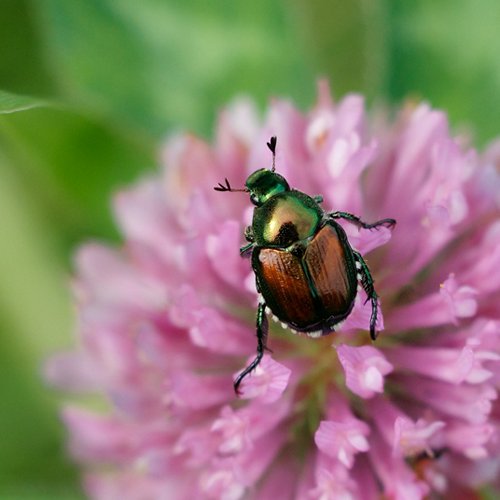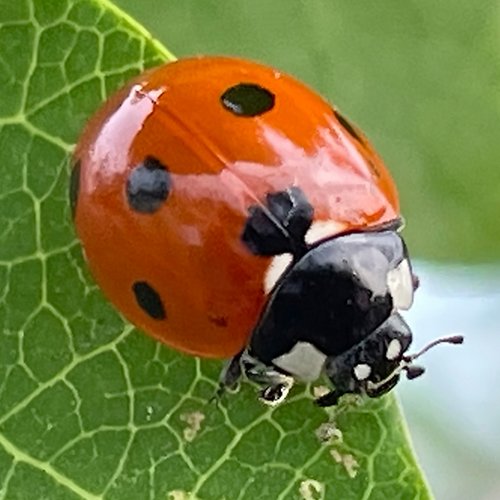There is a beetle that has been invading the Italian countryside and cities for some time now, a small insect with iridescent green and brown colouring and a row of black and white tufts along each side of its body. This beetle eats plant leaves and ruins crops. There are very many of them, especially in the northern regions of Italy, and it is strange that we do not remember seeing them in past years. How come? Simple, because there were none.





